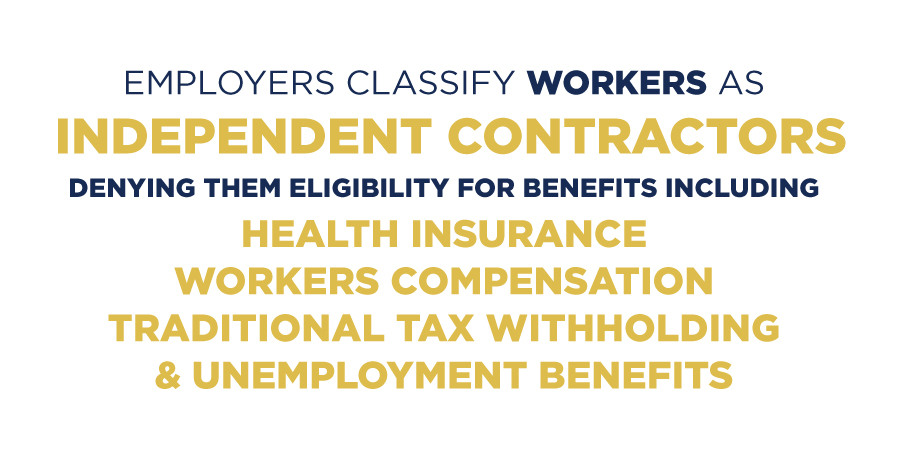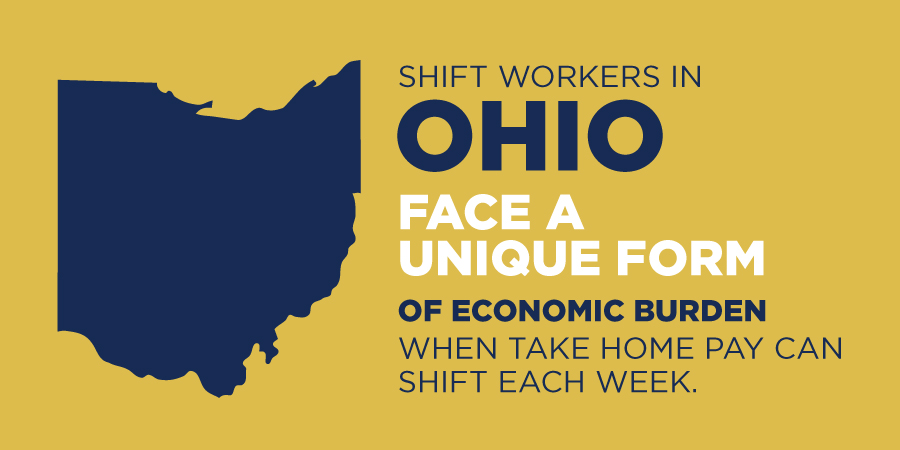Background
In 2016, the U.S. Department of Labor ordered a long overdue update to restore overtime pay protections to middle-class workers earning less than about $48,000 a year. However, this overtime pay raise was blocked in Ohio and nationwide as the result of a lawsuit brought by Ohio Attorney General Mike DeWine. As a result of the lawsuit, hundreds of thousands of Ohioans lost out on overtime pay rights. This report provides data for the first time on the local impact on Ohio workers of Attorney General DeWine’s action blocking this middle-class raise. Starting with state-level data available from the Economic Policy Institute, the report breaks down the impact, county by county.Key Findings
- Statewide, 327,000 Ohioans lost overtime pay protections as a result of the lawsuit.
- Workers in every county across the state lost overtime protections. The largest impacts were 37,000 workers in Franklin County, 34,000 in Cuyahoga County, and 22,000 in Hamilton County.
- Other major impacts include 17,000 in Montgomery County, 16,000 workers in Summit County, 13,000 in Lucas County, and 13,000 in Stark County.
- As a result, this year and every year Ohio workers are losing $42 million in overtime raises. That’s $42 million in badly needed higher pay that workers across the state are losing ever year because of the lawsuit brought by DeWine to block the overtime raise.
- In other states, including California, New York, Washington State, and Pennsylvania, governors and state legislatures are responding to the blocked federal overtime pay expansion by acting under state law to deliver this raise.
- Ohio’s governor and legislature should follow those states’ lead and act quickly to deliver this badly needed overtime raise for the state’s workers.
- Past polling found that Ohio voters support an overtime pay expansion by an overwhelming 80 to 14 percent margin.










